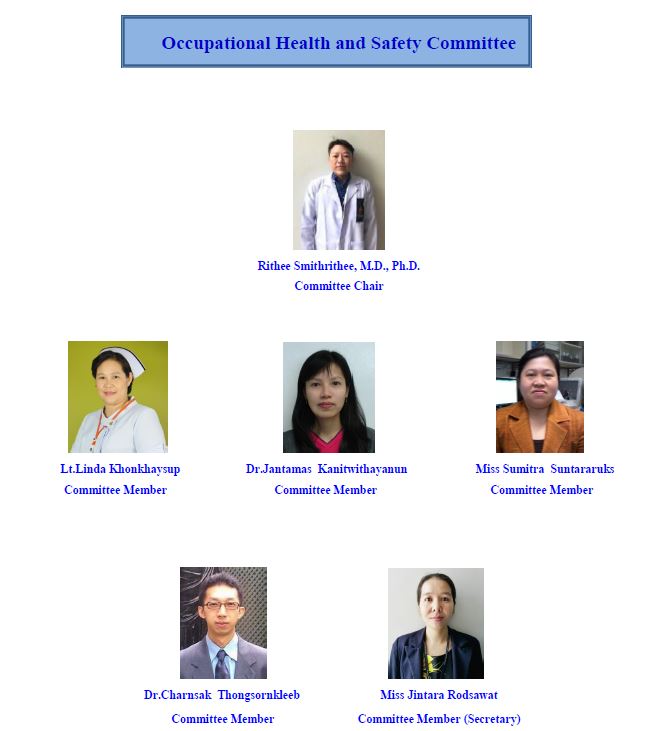OHS
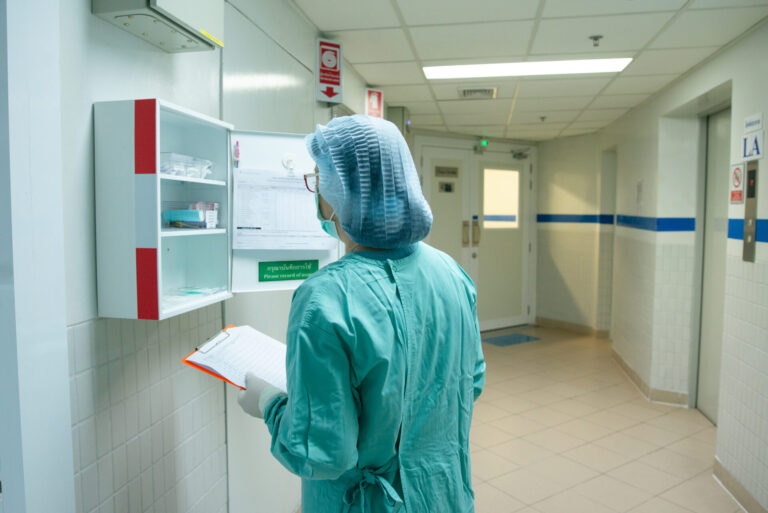
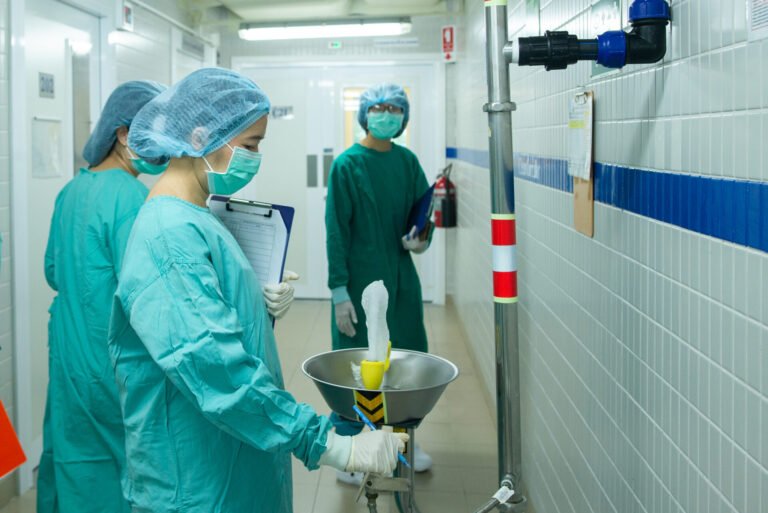
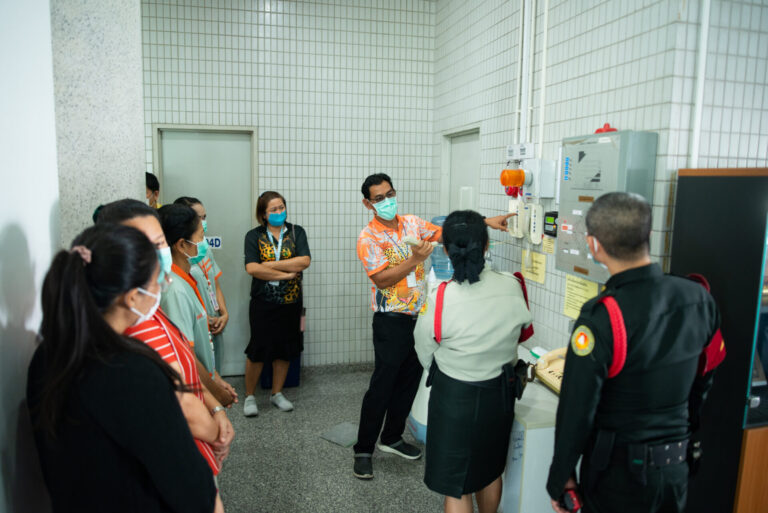
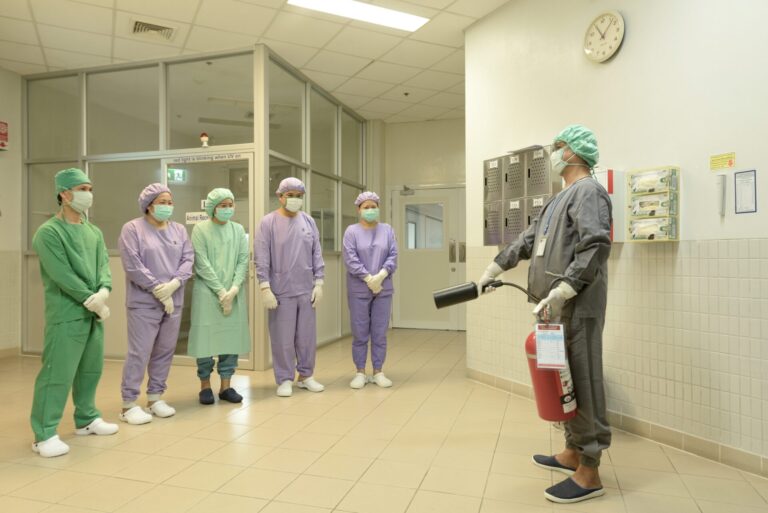
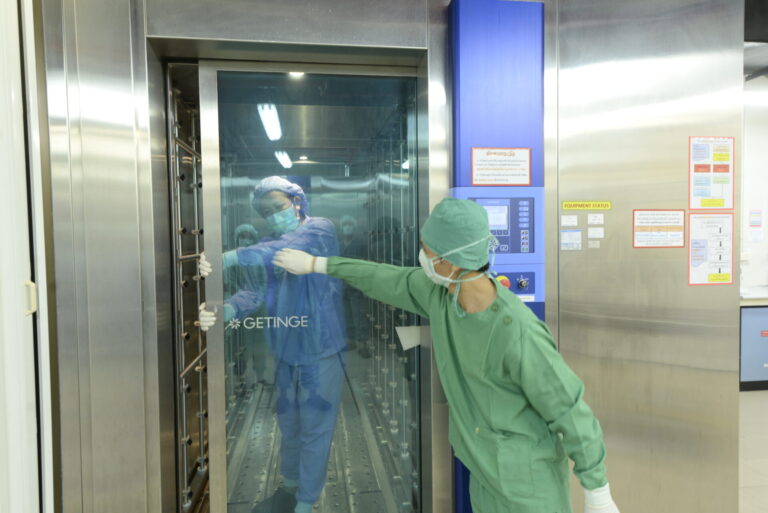
The objective of the Occupational Health and Safety (OHS) Program is to outline the process for identifying health and safety concerns, towards the reduction of the occurrence of occupational incidents, injuries, and illnesses, and to promote employee health and well-being.
All LAC personnel, animal researchers, visitors and maintenance personnel who will conduct any kinds of working in the animal facility must be enrolled in the OHS program. They are requested to submit a completed OHS survey form to the OHS office. The OHS Committee will then prepare a risk management worksheet customized to the personnel based on the information submitted. Some personnel may be required to receive certain vaccines as protection against infectious disease or suggested to use specialized PPE if allergy or any health problem arises.
The OHS Committee reviews and consults all animal use protocols for identification of potential chemical and biological hazards parallel to review by the IACUC. The committee reviews and discusses safety matters involving the use of chemical, biohazardous and radiological agents or materials in animal protocols to ensure the investigator has appropriately planned to reduce or eliminate the exposure to potentially hazardous agents. The Occupational Health and Safety Committee conducts safety inspections of the LAC, including practices and techniques, safety equipment, facility engineering, facility activities and agents used. , usually at the same time that the IACUC conducts the annual facility inspection and program review. A report is prepared for the inspection and submitted to the IO, identifying deficiencies and making recommendations for improvement.
Occupational Health and Safety Committee
The OHS Committee is made up of the Occupational Health Officer (medical doctor) and Nurse, a researcher, and CRI’s Safety Officer, and also involves experts in chemical safety and biological safety. This committee identify all work-related hazards and put in place appropriate measures to reduce risk, including establishing procedures and policy, conducting inspections, and performing/arranging training.
